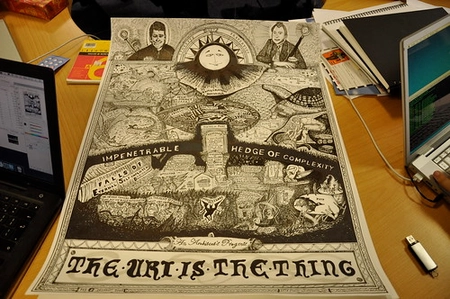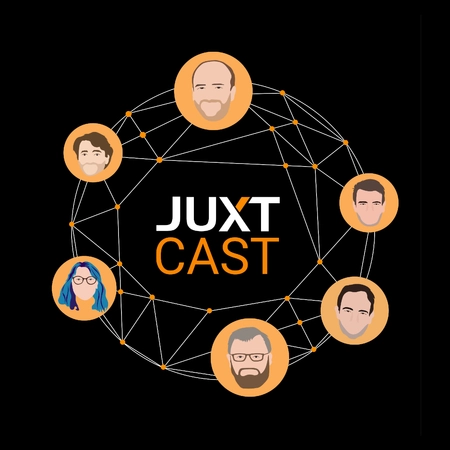For the past 28 years, Karsten Schmit (@toxi) has been at the forefront of computer-generated design. We were very pleased he took time out to speak at our XT16 conference. Below is the video of his talk.
Design as a verb, not a noun
Karsten characterises design as a process, not an end product.
My work is often on the boundary of commercial and art, and everything is pretty-much research-driven. I develop things that then inform other projects.
Karsten has been a strong open-source proponent since 1989, (the beginning), understanding the benefit of sharing his discoveries and work with others.
You can debug things by making small steps, a kind of test-driven philosophy.
Karsten shows a demo he created on a very limited Atari home computer, the first time he did computer graphics at reasonable frame rates.
Bottom up design
Karsten explains the idea of bottom-up design, which has strong parallels with Lisp programming, an idea that Karsten says has been with him from the start of his programming journey.
The idea from going from nothing to big things
He goes on to show an example of starting with randomness, and then adding constraints to create structure, and then even towards typography.
Karsten built his own Java-based building blocks, called toxiclibs, which he employed on numerous projects, demonstrating the breadth of applicability of his approach, including a 144 metre LED wall.
He then further demonstrates this concept of bottom-up design by explaining a visual programming language he created that uses just 8 different operators.

Starting with a simple seed and applying these 8 operators, complex structures can be created. This language was used to build his art installation at the Barbican in London.
Forth
Karsten finishes his talk by demonstrating a browser-based Forth development environment he has created, called Charlie. In common with Lisp,
Forth has virtually no syntax and exploits bottom-up design principles to gradually increase complexity.
In Forth, we always have data first. Not actions first, data first. Then processes which operate on data.
If you have any feedback on this talk, feel free to comment below.







